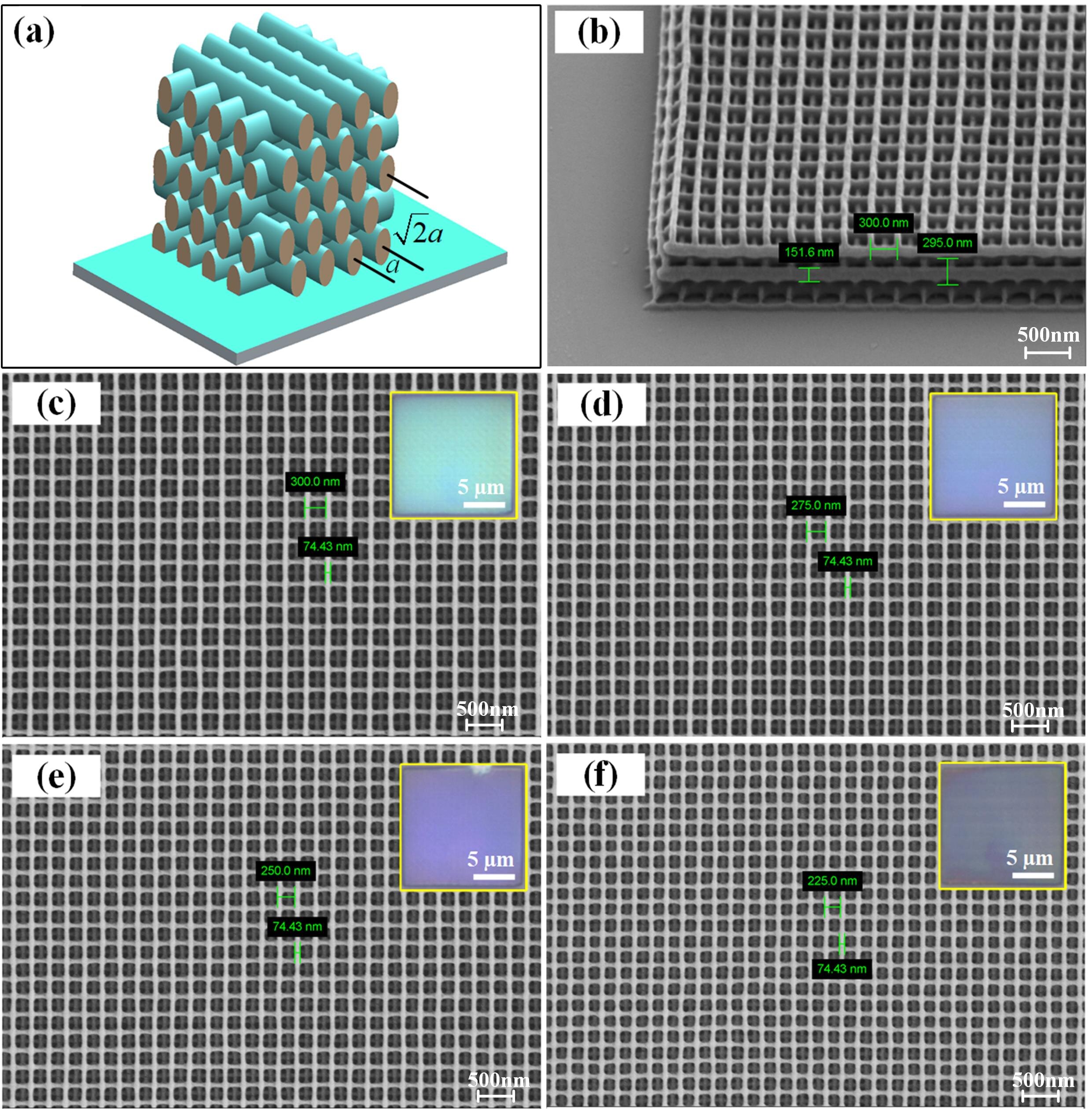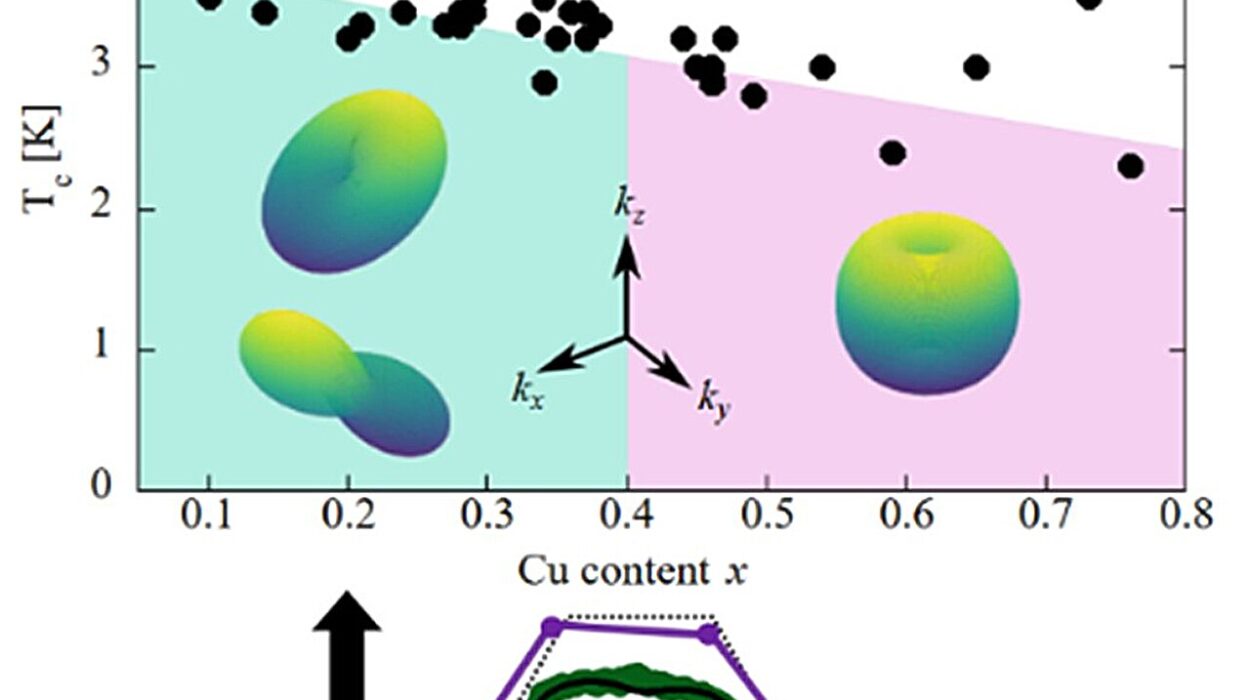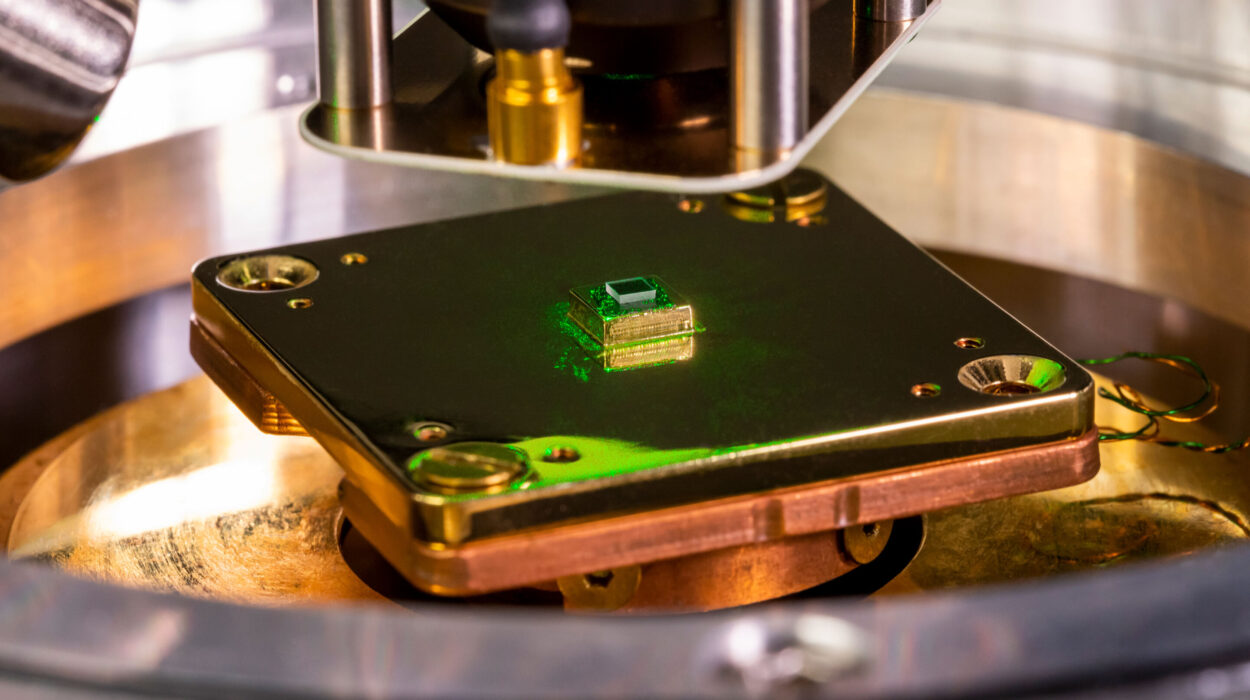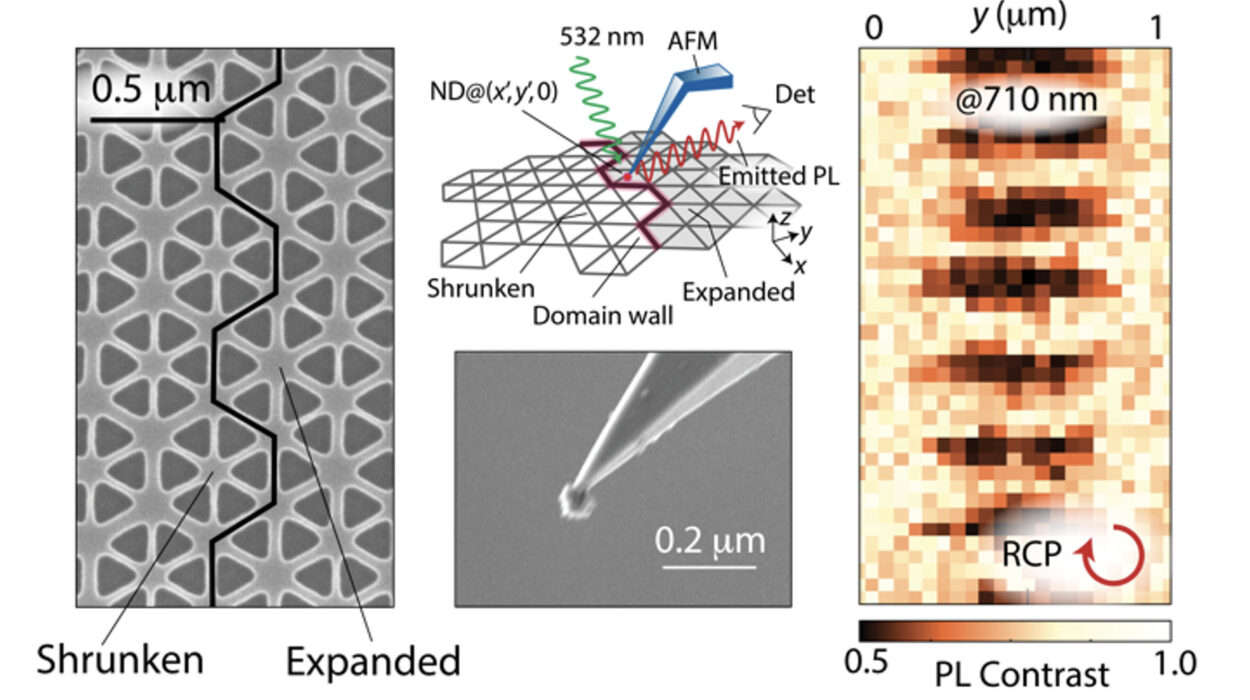In the vast, complex tapestry of the universe, where forces invisible to the naked eye govern the rise and fall of stars, spin galaxies into being, and hold atoms together, it’s easy to forget that some of the most powerful insights about reality come not from telescopes pointed at the skies—but from machines buried deep within the Earth. In May 2025, at the Accelerator Laboratory of the University of Jyväskylä in Finland, scientists peered into the fringes of nuclear stability and uncovered a breathtaking find: the heaviest nucleus ever measured to decay through proton emission.
It was a moment almost thirty years in the making. The last time nuclear physicists recorded a similar breakthrough was back in 1996. In the decades since, technology advanced, theories evolved, and global scientific collaboration matured. But the nature of the challenge remained unyielding—studying radioactive nuclei at the very edges of existence, in a realm where particles barely hold together before vanishing into something more stable, or more familiar. Against those odds, the discovery of 188-astatine (188At) marks a pivotal chapter in nuclear research—a step forward that could fundamentally shift how we understand atomic structure, particle interactions, and the very forces that knit matter together.
The Power and Puzzle of Proton Emission
Radioactive decay is one of the most fascinating processes in physics—not just because it involves the spontaneous transformation of matter, but because it allows us to see the delicate balance of forces that keep atomic nuclei intact. Among the known forms of decay—alpha, beta, gamma—proton emission is one of the rarest and most mysterious. In this process, an unstable nucleus ejects a proton, lightening its load and taking a step closer to nuclear stability.
Unlike the more familiar alpha decay, which involves the emission of a helium nucleus (two protons and two neutrons), proton emission involves shedding a single proton—something that sounds simple on the surface, but is extraordinarily complex in practice. It occurs only in highly unstable, proton-rich nuclei near the “proton drip line,” a conceptual boundary where adding even one more proton causes the nucleus to break apart. The nuclei that emit protons are not only hard to produce, they’re even harder to detect. They don’t last long. They exist for mere milliseconds—or less—before changing form.
This makes proton-emitting nuclei the exotic outliers of the nuclear world. To observe them is to glimpse nature’s most delicate juggling act, a moment when nuclear forces can no longer hold the balance between attraction and repulsion. And yet, these fleeting moments can illuminate everything from the forces that bind the universe to the processes that power stars.
The Remarkable Case of 188-Astatine
The star of this story is an extraordinarily rare isotope: 188At, short for astatine-188. Astatine, element 85 on the periodic table, is already one of the rarest naturally occurring elements on Earth. Most of its known isotopes are radioactive, short-lived, and challenging to study. But 188At breaks new ground—literally and figuratively. It is now the lightest known isotope of astatine and the heaviest known proton-emitter ever measured.
This nucleus consists of 85 protons and 103 neutrons, balancing on the very edge of the proton drip line. It was born not in nature, but in the heart of a high-energy collision inside a fusion-evaporation reaction chamber. By bombarding a silver target with a beam of strontium-84 ions, researchers coaxed the two elements into briefly fusing, only to “evaporate” off neutrons and form this delicate, high-energy nucleus.
To detect such an ephemeral product, scientists used one of their most powerful tools: the RITU recoil separator, a sophisticated detector setup capable of filtering out the noise of thousands of other particles and zeroing in on the faint signal of a proton-emitting nucleus. What it recorded was unmistakable. The energy and timing of the emitted proton, the mass and charge of the residual nucleus—all pointed to a new and remarkable find.
The Art and Science of Discovering the Undiscovered
Producing exotic nuclei like 188At is no small feat. Their production cross sections—a measure of how likely a particular nuclear reaction is to occur—are incredibly low. In other words, you have to fire an enormous number of ions at a target for even a chance that a single exotic nucleus will be born. Then, it must be separated, detected, and analyzed before it decays—sometimes in the blink of an eye.
But this challenge is part of the allure. Discovering a new isotope is not just about building better machines. It’s about asking sharper questions, refining techniques, and often trusting that your years of preparation will pay off in a few fleeting data points. For Henna Kokkonen, a doctoral researcher at the University of Jyväskylä, the moment was more than academic. It was the culmination of years of study, including her earlier work on the 190-astatine isotope, which itself had been a landmark in nuclear discovery.
For Kokkonen, being part of not one, but two groundbreaking isotope discoveries is a rare and humbling honor. “Every experiment is challenging,” she noted. “It feels great to do research that improves understanding of the limits of matter and the structure of atomic nuclei.”
From Data to Theory: Reimagining the Shape of the Nucleus
It’s one thing to detect a nucleus; it’s another to understand it. The data recorded by the RITU separator had to be interpreted through a lens of complex nuclear theory. And what the models revealed was as intriguing as the discovery itself. Unlike the more spherical shapes of stable nuclei, 188At is strongly prolate—that is, it’s shaped more like a watermelon than a sphere.
Why does shape matter? In nuclear physics, the geometry of a nucleus isn’t just aesthetic—it affects everything from energy levels to decay modes. A stretched-out nucleus changes how protons and neutrons are arranged, how they interact, and how likely they are to decay in certain ways.
What made 188At even more puzzling was a trend shift in the binding energy of its valence proton—the lone proton that gets emitted. Binding energy is a critical concept: it tells us how tightly a particle is held within the nucleus. In 188At, the binding behavior didn’t fit previous expectations. It hinted at an unprecedented type of interaction, something never before seen in such heavy nuclei. Theorists expanded existing models to make sense of the data, inching closer to a more unified understanding of nuclear behavior at the margins.
Why This Matters: Beyond the Lab and Into the Universe
Some might wonder why researchers invest so much time, money, and effort into discovering a particle that exists for a fraction of a second. But the implications of this kind of research are profound.
At its core, nuclear physics is about unlocking the rules of the universe. The elements that make up your body, your home, the stars—were all forged in nuclear reactions. Understanding how nuclei behave under extreme conditions can help us simulate astrophysical events, model the formation of elements in supernovae, and improve our grasp of the forces that govern matter.
There are practical implications, too. Advances in nuclear theory trickle down into medical imaging, radiation therapy, nuclear energy, and national security. The same tools and techniques used to spot 188At could one day be used to detect illicit nuclear material, design safer reactors, or improve diagnostic tools in hospitals.
Moreover, these discoveries help test and refine the Standard Model of particle physics—our best theory for explaining the behavior of fundamental particles. Each new data point is like a stress test: Does our theory hold up? Does it need to be revised? Are there new forces or particles we’ve missed?
In a sense, exploring these rare isotopes is like mapping the outer edges of a vast and ancient forest. Most of the land is known and well-trodden, but the edges—wild, unpredictable, and full of surprises—may hold the key to understanding the forest’s true nature.
Finland’s Accelerator Laboratory: A Quiet Giant in Nuclear Physics
Tucked away in Jyväskylä, a city known more for its peaceful lakes and academic charm than for high-energy physics, lies one of the world’s most respected nuclear laboratories. The Accelerator Laboratory at the University of Jyväskylä has become a hub for cutting-edge research in nuclear structure, particularly in studies of exotic nuclei.
At the heart of the lab is its K-130 cyclotron, a machine that accelerates ions to high energies and enables the kinds of nuclear reactions that produce isotopes like 188At. Paired with world-class detection setups like the RITU (Recoil Ion Transport Unit) separator and GREAT spectrometer, the facility allows researchers to tease out even the faintest signals from incredibly rare events.
What makes this discovery even more impressive is the collaborative nature of the work. The paper, published in Nature Communications on May 29, 2025, represents an international effort combining experimental and theoretical expertise from multiple institutions. It’s a testament to what’s possible when nations and disciplines come together to tackle fundamental questions.
The Road Ahead: What Still Lies Beyond the Proton Drip Line?
While the discovery of 188At is monumental, it also opens up new questions. Can we go further? Are there even heavier proton-emitters waiting to be found? Could we one day map the full extent of the proton drip line across the periodic table?
As experimental tools improve and theoretical models sharpen, researchers hope to uncover more isotopes at the edge of stability, and to do so with greater precision. There is still much to learn about the behavior of protons in extreme nuclear environments. Each new discovery provides another puzzle piece in the vast mosaic of nuclear physics.
For young scientists like Kokkonen and her collaborators, this is not the end of the journey—it’s the beginning. It’s an invitation to look deeper, to push harder, and to continue exploring the hidden architectures of matter.
Conclusion: A Moment in Time, a Legacy in the Making
In the end, the discovery of the heaviest proton-emitting nucleus isn’t just a technical achievement—it’s a human story. It’s a story of perseverance, of intellectual courage, of curiosity that refuses to be satisfied with what is already known. It’s a story of brilliant minds working late into the night, of particles colliding in the dark, of signals emerging from noise.
It’s a reminder that even after more than a century of studying the atom, there are still secrets waiting to be uncovered. Somewhere, deep in a laboratory in Finland, a proton whispers its way out of an unstable nucleus, and with it, whispers a new truth about the universe we live in.
Reference: Henna Kokkonen et al, New proton emitter 188At implies an interaction unprecedented in heavy nuclei, Nature Communications (2025). DOI: 10.1038/s41467-025-60259-6






